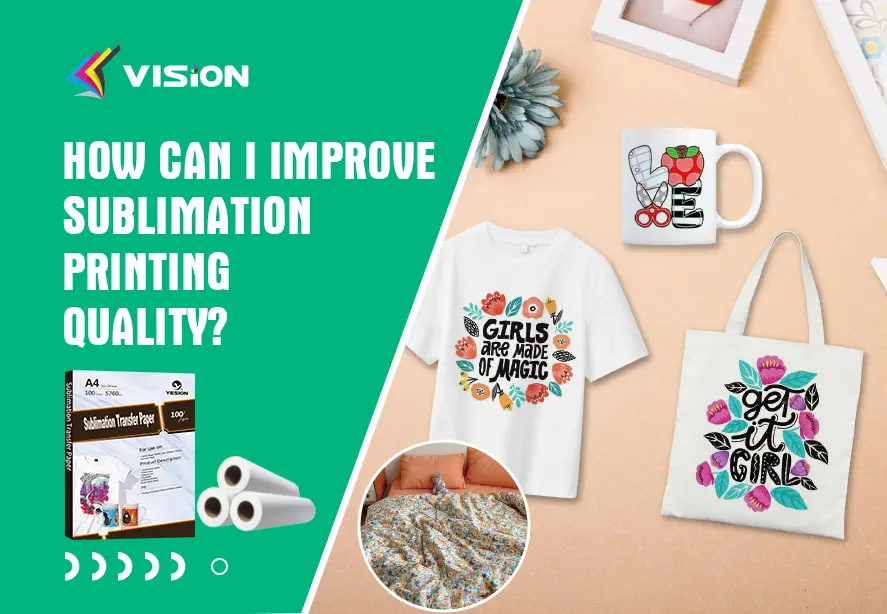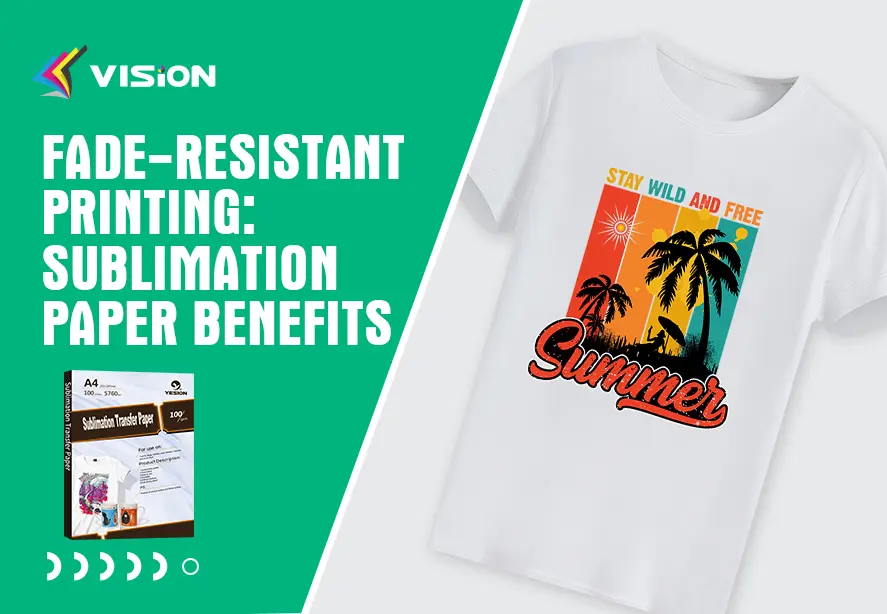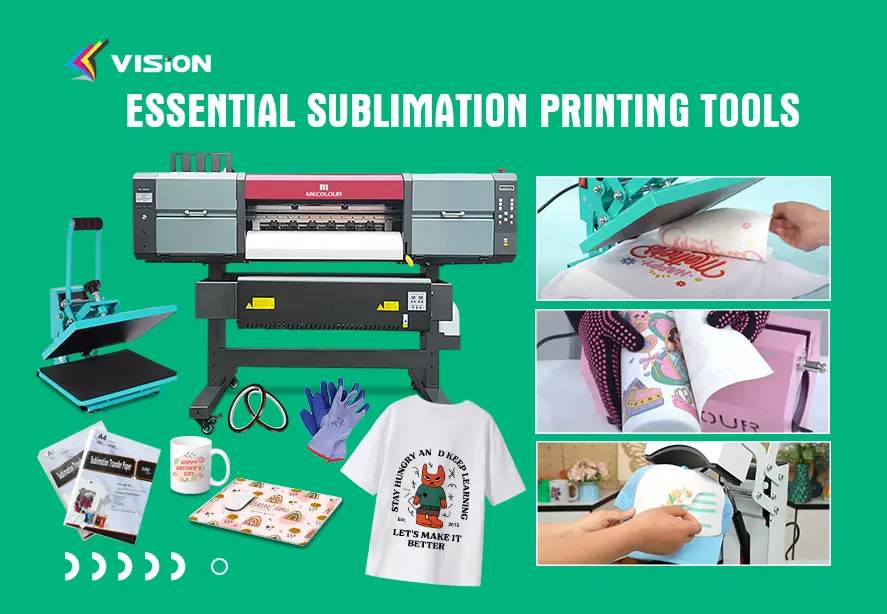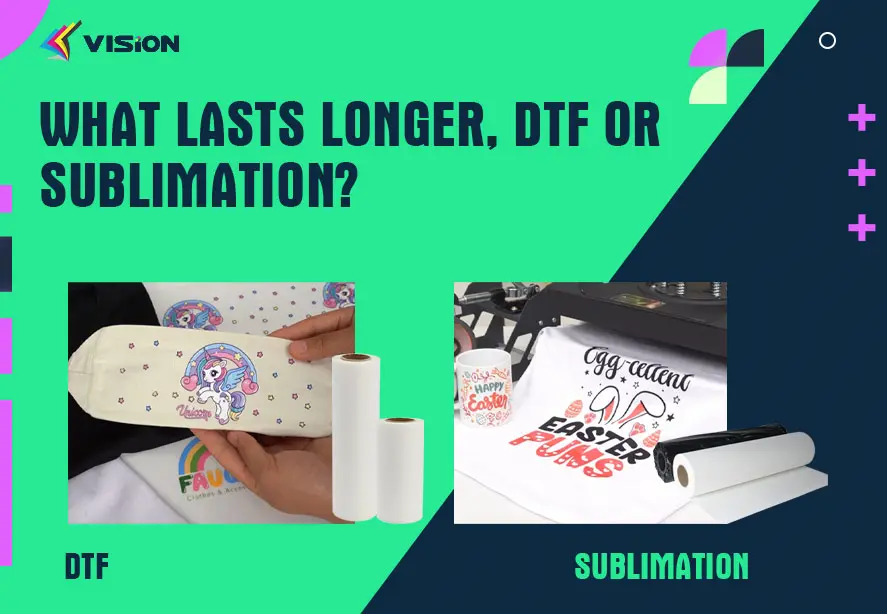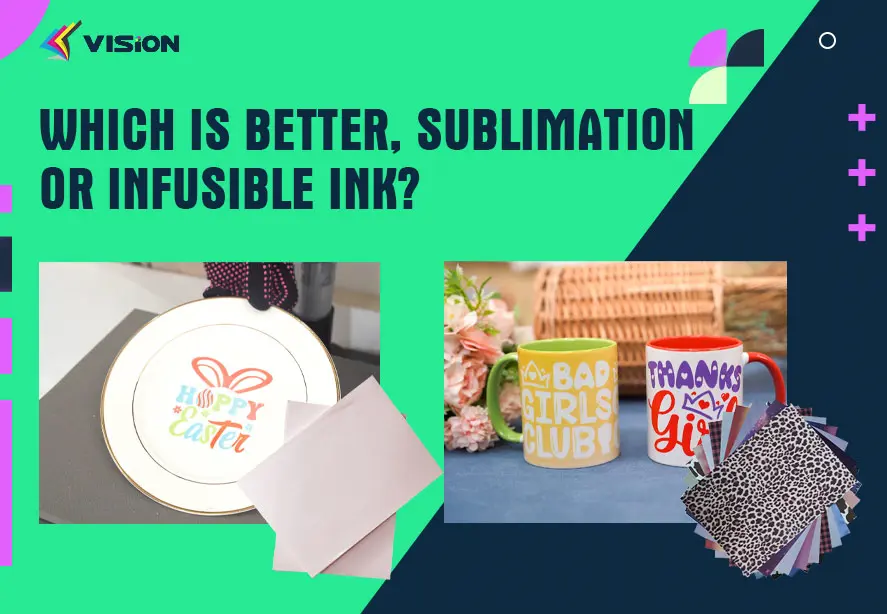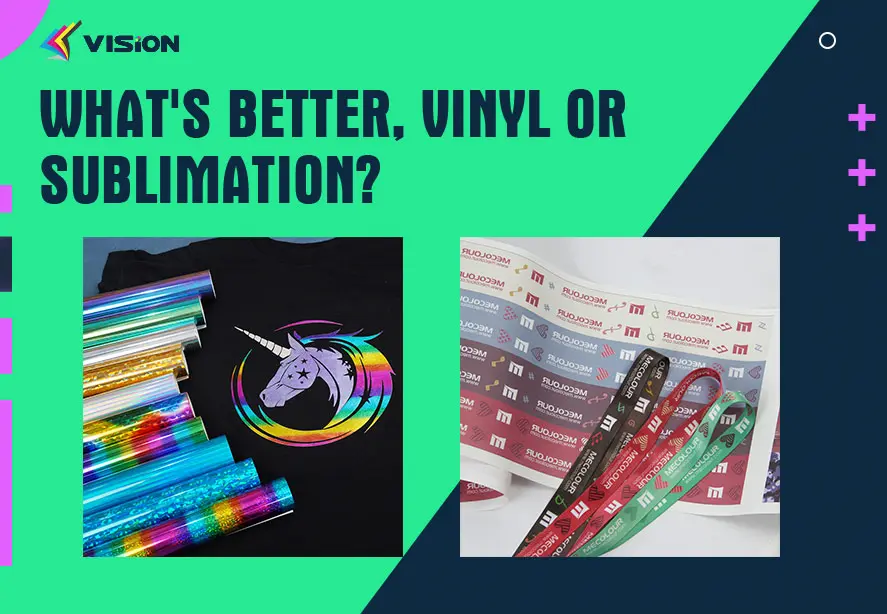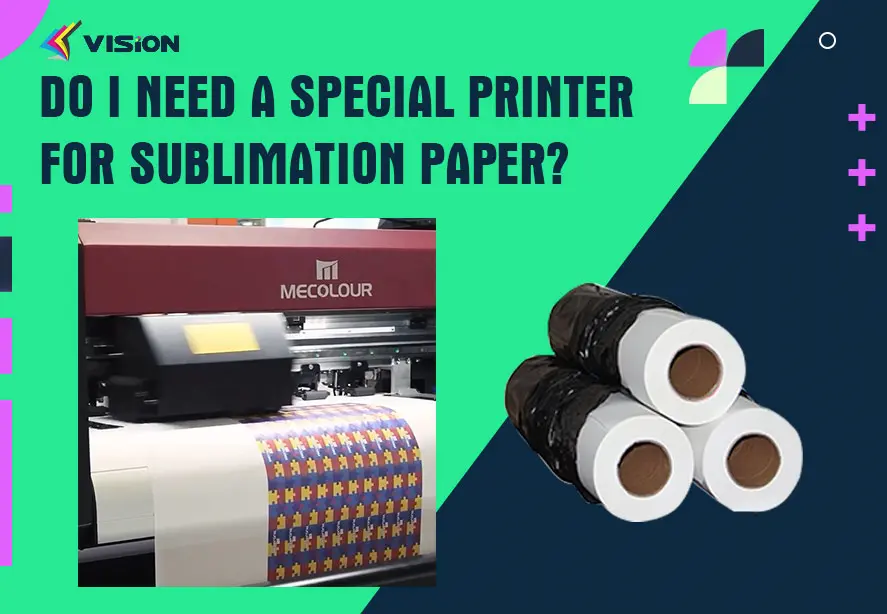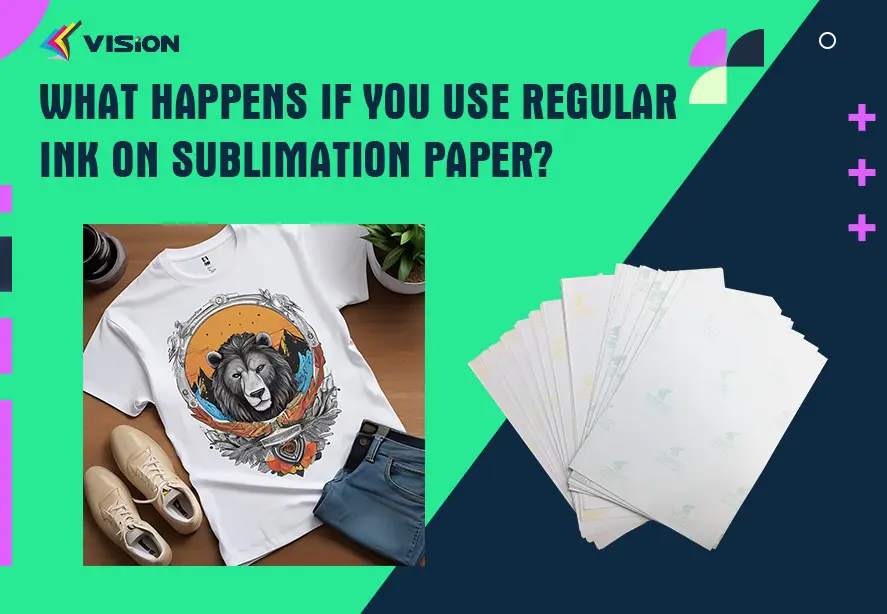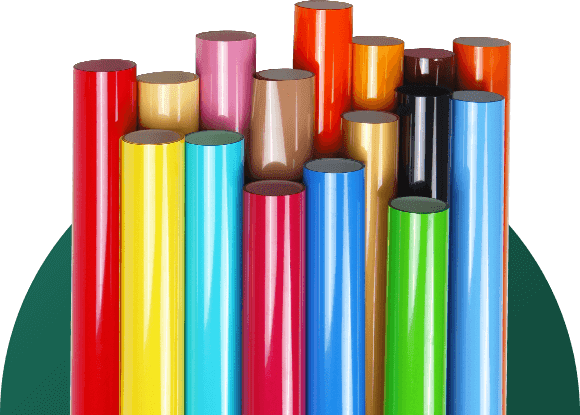
Blog
How to Reduce Ghosting in Sublimation Prints
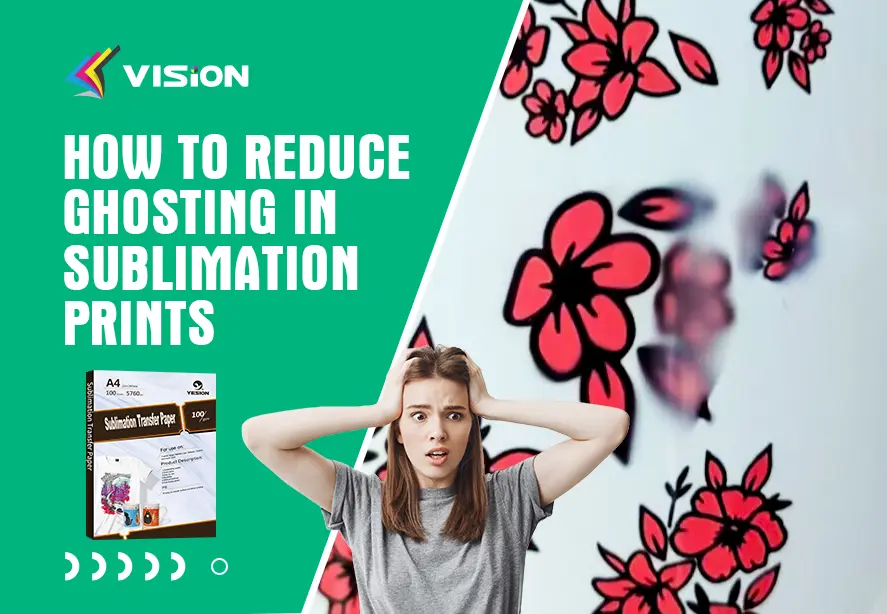
Ghosting in sublimation printing can be one of the most frustrating issues faced by crafters and print professionals alike. The misaligned shadows, blurry designs, and wasted materials caused by ghosting can turn even the most promising project into a disappointment. In this comprehensive guide, we break down the causes and present expert techniques to reduce ghosting in sublimation prints to ensure your designs come out sharp, vibrant, and flawless every time.
What Is Ghosting in Sublimation Printing?
Ghosting refers to a faint duplicate of the printed image appearing slightly offset from the main design on the substrate. It’s usually caused by unintended movement of the paper or substrate during the heat press process. Ghosting not only ruins the look of the final product but also leads to material waste and increased costs.
Primary Causes of Ghosting in Sublimation Printing
Understanding the root causes of ghosting is essential before implementing effective solutions. The most common causes include:
Movement of sublimation paper or substrate during or after heat pressing;
Incorrect temperature or pressure settings on the heat press;
Static electricity between paper and substrate;
Improper taping or fixing methods;
Opening the press too quickly and allowing the paper to shift.
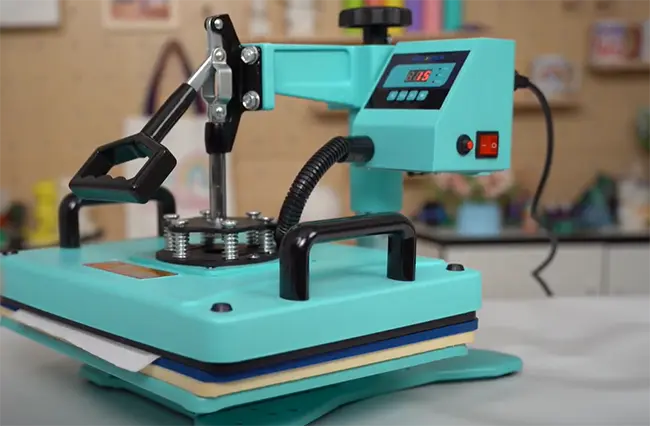
heat pressing
Best Practices to Reduce Ghosting in Sublimation Prints
1. Secure the Sublimation Paper Properly
Use heat-resistant tape to firmly fix the sublimation paper to the substrate. Tape all sides if needed, especially for hard substrates like ceramic, aluminum, or MDF. Make sure the paper is taut and doesn’t lift during transfer.
For soft materials like T-shirts or polyester fabrics, adhesive spray can be a better choice. Lightly mist the back of the paper with a repositionable adhesive spray and press it down onto the fabric to hold it in place.
2. Use Correct Heat Press Settings
Incorrect heat settings can result in substrate expansion or contraction, which leads to paper shifting. To avoid this:
- Keep the temperature between 380°F to 400°F (193°C to 204°C)
- Adjust time according to substrate type (typically 40–60 seconds)
- Apply medium to firm pressure, ensuring even contact between the paper and the substrate
Always refer to the manufacturer’s guidelines for specific settings for your paper and substrate.
3. Open the Heat Press Smoothly
One of the most overlooked causes of ghosting is the rapid opening of the heat press. When opened quickly, it can create a vacuum-like effect or physically jolt the paper, causing it to shift and re-transfer onto the substrate.
To prevent this:
- Open the press slowly and vertically
- Let the substrate cool slightly before removing the paper
- Use a swing-away press when possible for better vertical release
4. Use Blowout Paper to Prevent Over-Transfer
Blowout paper, also known as protection paper, should be placed on both the top and bottom of your sublimation sandwich. It serves multiple purposes:
- Prevents ink bleeding through onto the heat press
- Helps distribute even pressure
- Minimizes ghosting by absorbing excess ink
Make sure to use fresh blowout paper for each transfer to avoid contamination.
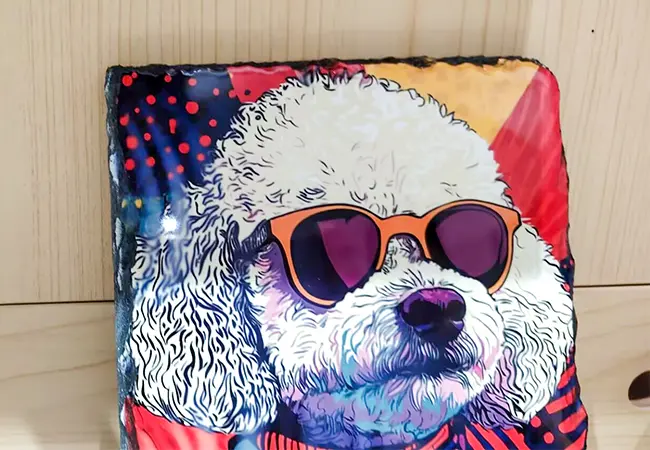
Ghosting on photo slate
5. Eliminate Static Electricity
Static electricity is another silent culprit behind ghosting. When lifting the sublimation paper after pressing, static can cause it to slightly “jump,” resulting in a secondary transfer.
To reduce static:
- Avoid synthetic gloves or clothing while pressing
- Use an anti-static spray on the press surface
- Gently remove the paper to minimize sudden movement
Advanced Tips for Ghost-Free Sublimation Prints
Use Sublimation Paper with Quick-Dry Coating
Some sublimation papers are more prone to ghosting due to their slow drying times. Quick-dry sublimation papers reduce the chance of smudging and ghosting because the ink stabilizes faster. This allows for cleaner transfers with higher color fidelity.
Work in a Climate-Controlled Environment
Humidity and temperature changes can cause expansion or contraction in substrates and sublimation paper. Keeping your workspace climate-controlled ensures more predictable transfer results.
- Maintain humidity between 40-60%
- Keep room temperature consistent between 68°F to 77°F (20°C to 25°C)
Pre-Press Fabrics Before Sublimation
For fabrics like T-shirts, hoodies, and bags, always pre-press for 5–10 seconds to eliminate moisture and wrinkles. Moisture in fabric can turn into steam and cause the paper to lift or shift—leading to ghosting.
Troubleshooting Common Ghosting Scenarios
Ghosting on Mugs
Use mug wraps or silicone bands for even pressure;
Tape the paper tightly and avoid overlapping layers;
Let the mug cool before removing the paper.

Ghosting on tumbler
Blur design on T-Shirts or Fabric
Use adhesive spray instead of tape for better grip;
Pre-press to eliminate wrinkles and moisture;
Avoid shifting the fabric after pressing.
Ghosting When Using a Tumbler Press
Rotate the tumbler slowly but firmly;
Apply equal pressure throughout the heating process;
Remove the paper once the tumbler is slightly cool to the touch.
Best Tools and Products to Prevent Ghosting
Here are some top-rated tools to help you achieve professional, ghost-free sublimation results:
- Heat-resistant tape (rated up to 400°F)
- Repositionable adhesive spray
- Blowout paper or parchment paper
- Lint rollers to clean fabric before pressing
- Teflon sheets to protect your heat press
- Sublimation wrap sleeves for curved items
To Reduce ghosting in sublimation prints is all about control—controlling movement, pressure, heat, and moisture. By following the techniques above, you can elevate your printing results, minimize waste, and delight your customers or creative audience with clean, vivid designs. With the right habits and equipment, ghosting becomes a problem of the past.
Related:
Resolving Ghosting or Shadowing in Sublimation Paper Printing


